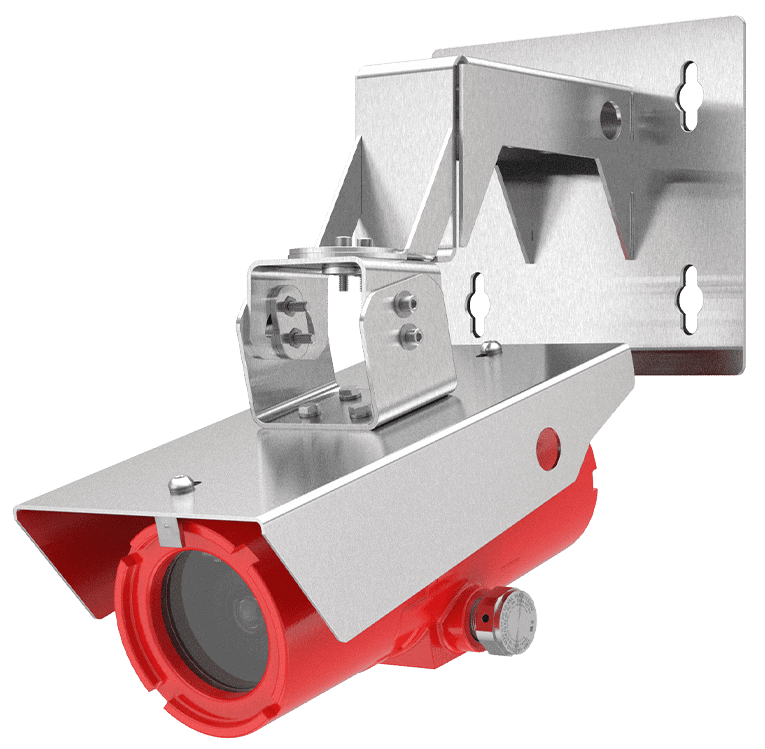When it comes to working in hazardous environments, safety is paramount. This is where Intrinsically Safe Store comes into play. As a leading provider of intrinsically safe devices, we understand the importance of having the right equipment for the job. One such essential tool is an intrinsically safe camera. In this article, we will guide you on how to select the right intrinsically safe camera for specific hazardous zones. Visit our website to explore a wide range of intrinsically safe devices.
Understanding Intrinsically Safe Cameras
Designers create intrinsically safe cameras to operate safely in hazardous areas where flammable gases, vapors, or dust may be present. These cameras limit the electrical and thermal energy to a level below what is required to ignite the hazardous atmosphere, thus preventing the ignition of these substances.
Identifying Hazardous Zones
Before selecting an intrinsically safe camera, it’s crucial to identify the hazardous zone in which it will be used. Hazardous areas are classified into zones based on the frequency and duration of the occurrence of an explosive atmosphere.
- Zone 0: An area where an explosive gas atmosphere is present continuously or for long periods.
- Zone 1: An area where an explosive gas atmosphere is likely to occur in normal operation.
- Zone 2: An area where an explosive gas atmosphere is not likely to occur in normal operation and if it does occur, will only exist for a short time.

Selecting the Right Camera
Once you’ve identified the hazardous zone, the next step is to select the right intrinsically safe camera. Here are some factors to consider:
- Zone Compatibility: Ensure the camera is certified for use in the identified zone. For instance, a camera certified for Zone 1 may not be safe for use in Zone 0.
- Image Quality: Look for a camera that offers high-resolution images. This is crucial for identifying potential issues in the work area.
- Usability: The camera should be easy to use, even with gloves on. Features like a large display and simple controls can enhance usability.
- Durability: Given the harsh conditions in hazardous zones, the camera should be robust and durable.
Case Study: Intrinsically Safe Camera in Action
A case study from the oil and gas industry illustrates the importance of selecting the right intrinsically safe camera. A company operating in a Zone 1 area needed a camera for routine inspections. They chose an intrinsically safe camera, which was certified for use in Zone 1. The camera’s high-resolution images enabled them to identify potential issues early, preventing costly downtime.
Choose the Right Intrinsically Safe Camera for Hazardous Zones
Selecting the right intrinsically safe camera is crucial for maintaining safety in hazardous zones. By understanding the nature of the hazardous zone and considering factors like zone compatibility, image quality, usability, and durability, you can choose the right camera for your needs. Remember, safety should never be compromised. Visit the Intrinsically Safe Store to explore our range of intrinsically safe cameras. For any queries, feel free to contact us.


























